High-speed Ethernet is rapidly replacing Fibre Channel for media storage, according to Rohde & Schwarz.
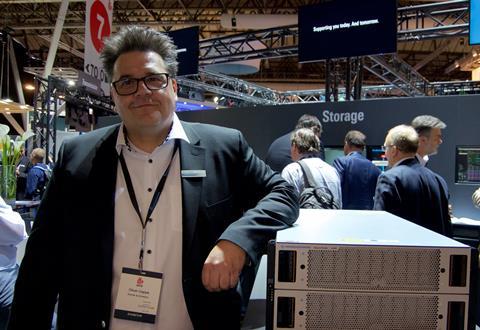
Although the Fibre Channel Industry Association reported modest growth for Fibre Channel in 2018, Ethernet grew strongly. The Open DeviceNet Vendor Association reported port shipments for 100Gb Ethernet switches up 154.6% year on year to 3.5 million in 2018. 25Gb rose 251% to 2.6 million, and 40Gb grew 12.6% to 1.3 million.
The Fibre Channel standard “has served the media industry well, but in essence there are only around nine manufacturers developing Fibre Channel technology. Compare this to high-speed Ethernet, where there are over 500 companies, such as Juniper, Arista and Cisco introducing new products every year and the future is clear,” stated Oliver Gappa, R&S head of sales for Europe. Rohde & Schwarz released its first Ethernet storage, SpycerNode, at IBC last year and has added to it this year.
He believes moving to Ethernet makes sense as its performance is now comparable to Fibre Channel. However, Ethernet “is much more flexible” and simplifies the creation and operation of network attached storage. He believes that systems like SpycerNode are now a “far more versatile, productive and cost-efficient platform for media storage”.
Rohde & Schwarz is exhibiting at IBC2019 on Stand 7.B21.



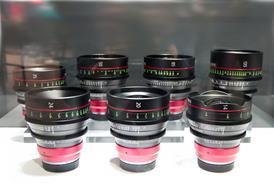

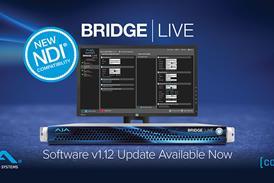


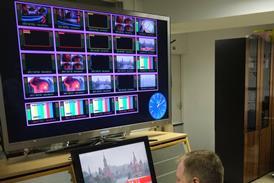


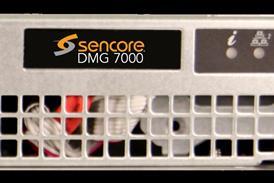
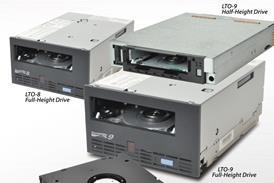
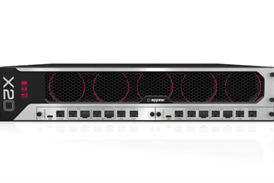





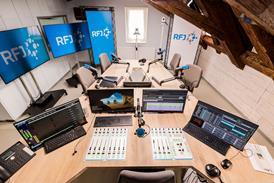













No comments yet